Specifications
| book-author | Alexandru Grumezescu |
|---|---|
| publisher | Academic Press; 1 edition (August 12; 2016) |
| file-type | |
| pages | 830 pages |
| language | English |
| asin | B01KKRBGXC |
| isbn10 | 128043040 |
| isbn13 | 9780128043042 |
Book Description
Nutrient Delivery: Nanotechnology in the Agri-Food Industry; Volume 5; (PDF); discusses the fabrication; applications; demerits; merits; and bioavailability enhancement mechanisms of various nanodelivery systems. Recent developments in various nanodelivery systems are also highlighted. Volume Five contains 20 chapters; prepared by outstanding international researchers from Brazil; Argentina; China; Canada; India; Croatia; Ireland; México; Iran; Portugal; Serbia; Pakistan; Sri Lanka; and the United States.
In recent years; the delivery of micronutrients at the nanoscale has been widely studied as these systems have the potential to improve bioavailability; enable controlled release and enhance the stability of food bioactives to a much greater extent. The nanodelivery systems typically consist of the food bioactive compound encapsulated and stabilized in food grade ingredients such as proteins; lipids or polysaccharides with diameters ranging from 10 nm to 1000 nm. Among these; the lipid-based delivery systems such as solid lipid nanoparticles; nanoemulsions; nanoliposomes; and micelles are widely studied for the delivery of lipophilic bioactive compounds. These delivery vehicles improve the permeability; solubility; stability and bioavailability of the lipophilic compounds thereby enhancing their potential for oral delivery and functional food development.
On the other hand; the hydrophilic bioactives are delivered through protein; polysaccharide or biopolymer based colloidal nanosystems such as nanogels; hydrogels; and polymer nanoparticles. The major concern other than solubility is the intestinal permeability of the micronutrients. For instance; the delivery system for compounds with poor intestinal permeability and low solubility needs to be carefully designed using suitable surfactants and lipids.
- Includes novel opportunities and ideas for developing or improving technologies in the food industry
- Offers updated material for postgraduate and undergraduate students in biotechnology; food science; and related engineering fields
- Provides a valuable resource of recent scientific progress; along with most known applications of nanomaterials in the food industry for engineers; researchers; and academics
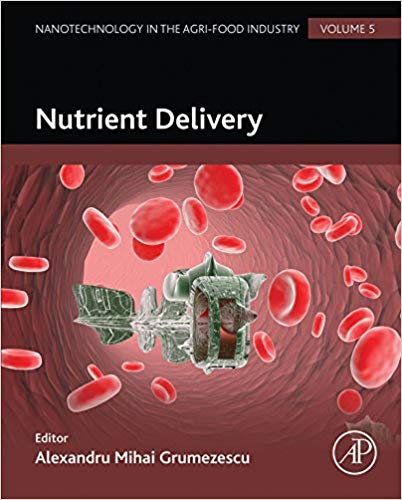
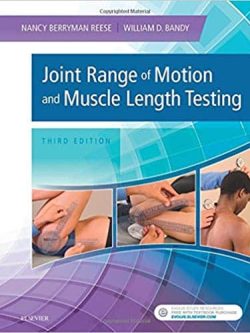
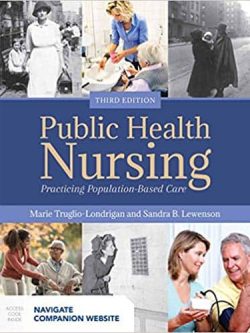






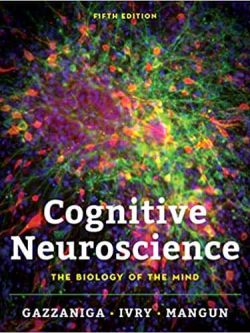
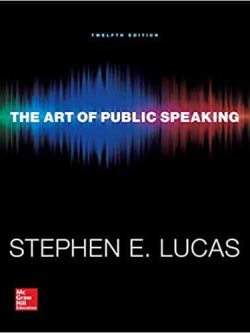
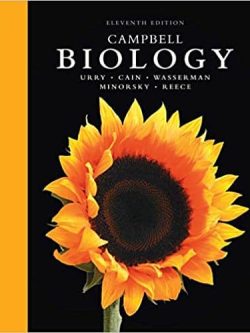

Reviews
There are no reviews yet.